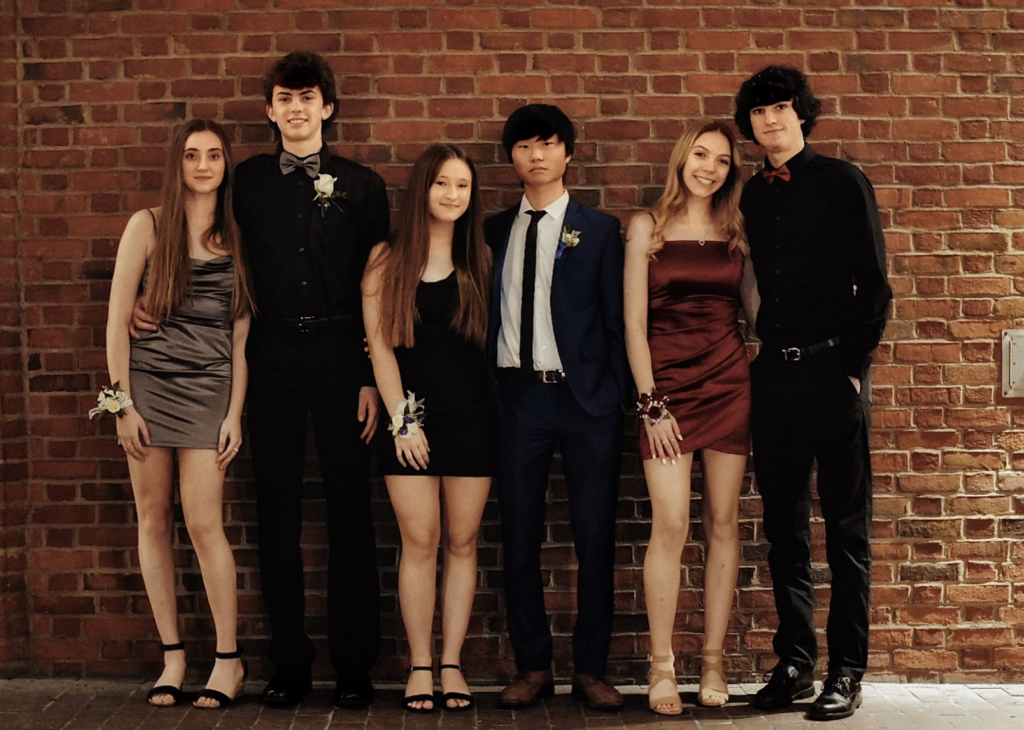“Photographers, you will never become artists. All you are is mere copiers.” When he said this, Charles Baudelaire was talking about how photography seems to be a way to copy nature and present it as an archive of how we live. Baudelaire talked about photography as documentation and nothing more. He relegated its usefulness and function in society as a mere record keeping tool and cautioned against photography being an imaginative tool, a tool for artistic expression.
But in the 1920s with the arrival of Cartier-Bresson on the scene, snapshot photography was born. It meant that photographers no longer posed and set the stage for their portraits, but suddenly portraits became more of a found art; you captured a moment when time and action come to a beautiful conclusion.
Cartier-Bresson was a hunter for the found portrait. He elevated portraiture into what Jean Noel Jenneney in his book called “something rescued in the nick of time, before a whole world vanishes for ever.” Cartier-Bresson taught us that to capture a portrait, we must wait for the moment when everything falls into place, and then we click.

Every portrait photographer knows the common wisdom that to make a portrait work, the subject's eyes have to be sharp. In portraiture, photographers traditionally have let the eyes do the talking, and set the rest of the face the task of elaboration. The eyes allow us to make a connection; the face is a canvas of emotion.

Studying portraiture, I paid close attention to the people whose portraits told stories eloquently. Steve McCurry with his veiled Afghan girl, Margaret Bourke-White and Dorothea Lange with their poetic Dust Bowl portraits, the Brazilian Sebastiao Salgado and his textured stories of laborers, and most recently, Andrzej Dragan whose portraits are eerie manipulations in digital format. Again and again, the vast collection of portraiture has been a focus on how the face, especially the eyes, tells the story. The body of work teaches us that character is in facial gesture.
Then in 2007, I chanced upon an assignment of photographing Catholic nuns. The sisters asked me to join them for their Good Friday prayers, and because I had limited time to tell the story of their devotion, I found myself abstracting the portraits. The assignment was to find the essence of the sisters' devotion to their vocation; I discovered I could distill the story by abstracting a hand; the portrait of a nun's life is in her hands: for hard work, helping others, and prayer.

The faceless portrait became a central question in my photography. I started to explore how to tell a person's story without showing their face in the frame. What is it about body language that told stories without the distraction of the face? How could the story come from the sculpture of body and environment?

Portraiture without the face is, for me, a rejection of Baudelaire's claim that photography is simply an archival craft. The faceless portrait is an imaginative frame through which I must interpret observations. I might be breaking the rules of portraiture, but my hunt for the faceless portrait has expanded my capacity to imagine, and created a lot of excitement just from trying to tell a story without the face. I've become attentive to people's expressions and intentions. With this project, I found a way to imagine the identity of those I am fortunate to meet.





5 Comments
Very insightful article about *faceless* photography. will try my hand on it pretty soon.
Thanks for the idea,
Siri
Great read, I really enjoyed this.
You make some excellent points regarding portraiture and the fact that the face doesn’t always need to be included.
Although the face and eyes show a great deal, the other details like you mention can speak volumes.
Ive always thought this but could never put in to words as elequently this
Excellent piece
Guesty
Very interesting, I’ve never liked conventional portraits a great deal so have tended to avoid them totally, but this might be a good way to practice to find the type of portrait I prefer.
The sense of mystery and intrigue has been missing in so many areas of life with the move to brash, in your face (no pun intended) everything. These faceless portraits can say so much more. Thank you for this.